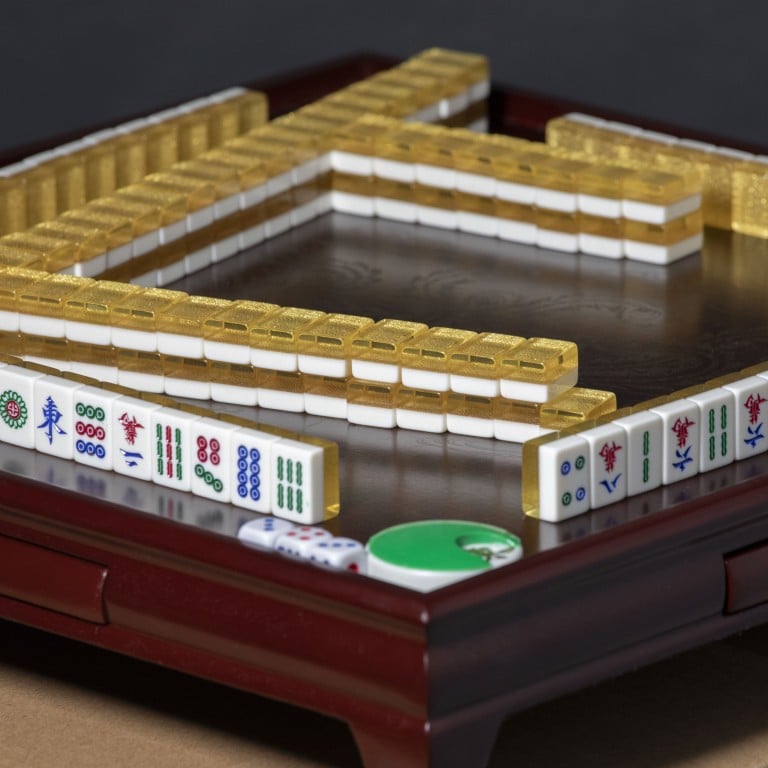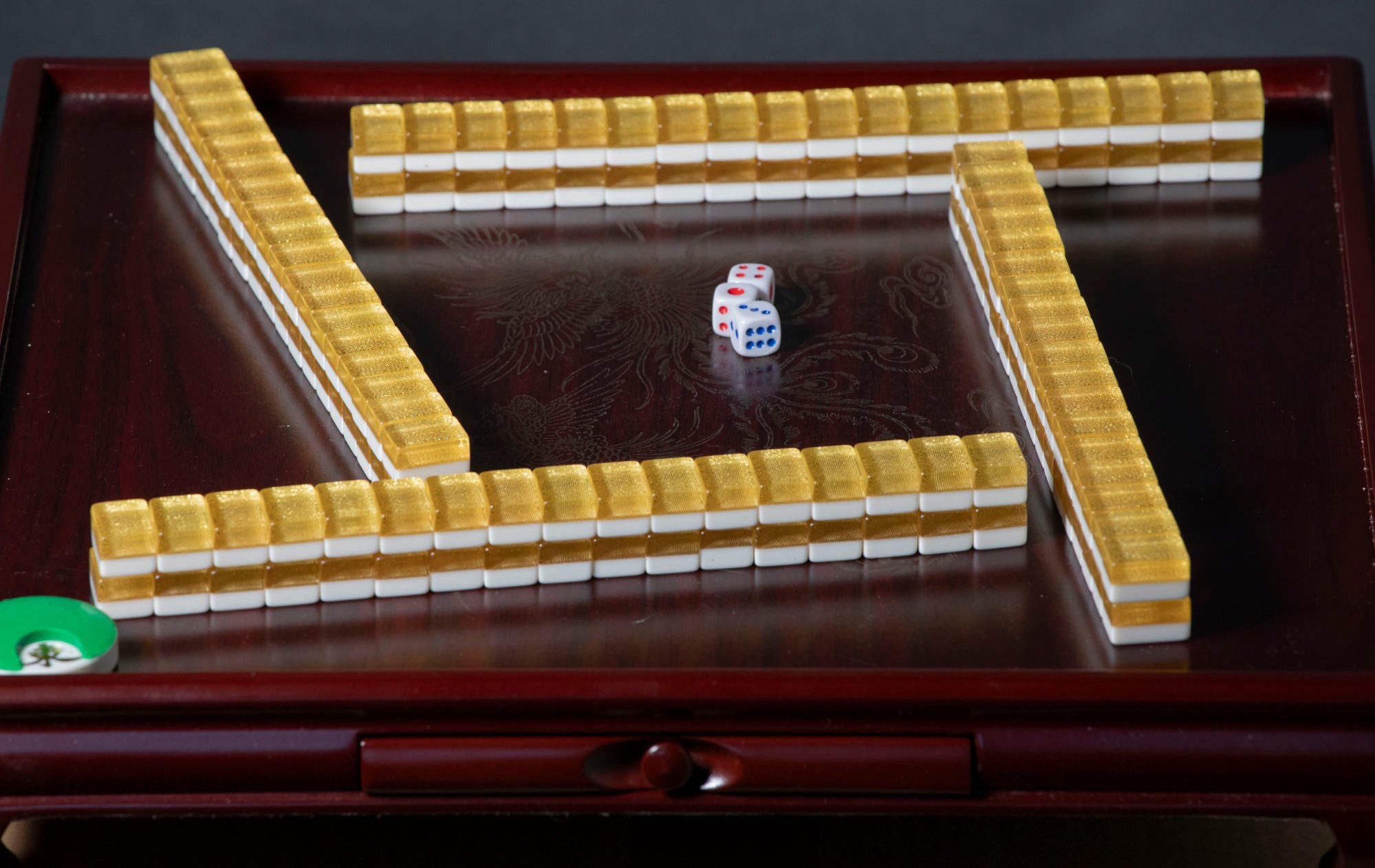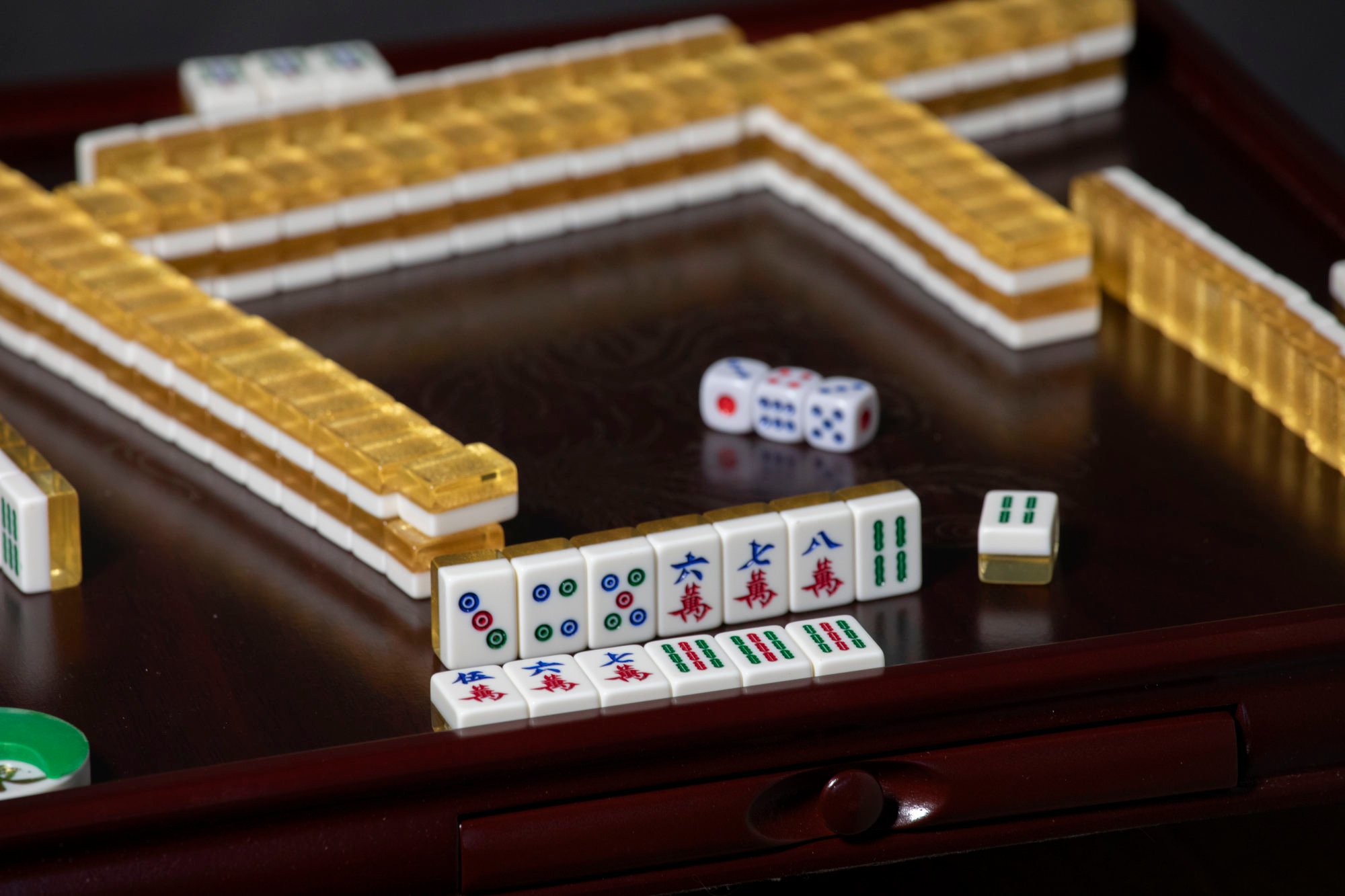
How to play mahjong and how to win at mahjong: basic rules to get a game started, the suits, winning hands – and what to say to claim your victory
- Flowers, chicken hands, dragons – mahjong has a lot of terms that make it intimidating to the uninitiated, but the game is not as difficult to play as it seems
- We break the tile game down to its basics, from how to set up, to the number of tiles you need in your hand, how to claim tiles and what to say when you win
Mahjong is a tile game that is played in every corner of the world, and dates back to 19th century China and the late Qing dynasty era.
It remains a popular activity for family gatherings and celebrations – especially during the Lunar New Year holiday.
Mahjong is typically played with four players seated around a square table. Although some versions only require three players, we will stick with the basics.

To start a game, players first shuffle all 144 downward facing tiles.
Mahjong tiles, which are adorned with Chinese characters and symbols, are divided into different categories – suits, honours and bonus. The suits are characters, bamboo and dots. The honours are winds and dragons. The bonus tiles are flowers and seasons and are only used in more complex variants of the game.
Once the shuffling is done, each player randomly picks from the shuffled tiles until they have stacked two rows of 18 tiles face down in front of them. From these they then draw their hand – 13 tiles – which takes four rounds.
A round consists of each player in turn drawing tiles from the same stack. One player rolls the dice – this player is the dealer – to determine which of the four players goes first; starting with themself, they count around the table to find that player – for example, if they rolled 10 they go twice around the table, then count two more, meaning the player sitting opposite them goes first.
In the first round each player draws four tiles; the first player counts from one end of the stack the number they rolled on the dice, and that is the first tile they pick, along with the next three. After this the dice play no further role.
Sound of mahjong tiles fading as Hong Kong’s youth shun game
The dealer will start the next phase of the game by discarding their extra tile. The rounds continue, with each player drawing one tile; they can keep the tile they drew and discard another from their hand, or discard it immediately. Discarded tiles go into the middle of the table, face up. When the first stack is finished, players move on to the next stack.
So what is a basic winning hand?
The primary objective of mahjong is to build a complete hand of 14 tiles. A player wins by forming a hand of four sets of three, plus a pair of identical tiles. The most basic winning hand is also known as “chicken hand” – any sets from any category.

Keep your eyes peeled: the tile you need could appear at any moment when an opponent gives it up – or better still, you draw the winning tile yourself from a stack.
When building your sets of three tiles from the discarded pile, there are two ways to do so – pong and sheung.
Pong refers to a set of three identical tiles. You can only declare you are making this move if you already have two of the matching tiles in your hand. You can declare pong when you see the third tile you need being discarded, even if it is not your turn.
If a further tile is placed in the discard pile after it, then you have missed your chance and you cannot claim it.
Sheung refers to sequences of three consecutive tiles in the same suit – like “one, two, three”. Unlike pong, this can only be done if the tile you need has been discarded by a player immediately before your turn.

An additional way to win tiles from the discard pile is to complete the four-tile kong, which is done when you have three matching tiles – all drawn from the stacks – and the fourth matching tile is discarded by a player.
When you complete a set by drawing a tile from the discard pile, it must be shown face up for the rest of the game; if you complete a set by drawing a tile from a stack you can keep it hidden.
Keep losing in mahjong? You need to learn some winning strategies
Winning at mahjong is not beginner’s luck if you know exactly what you are doing.
Look out for our next mahjong story on February 6 – about winning strategies.


